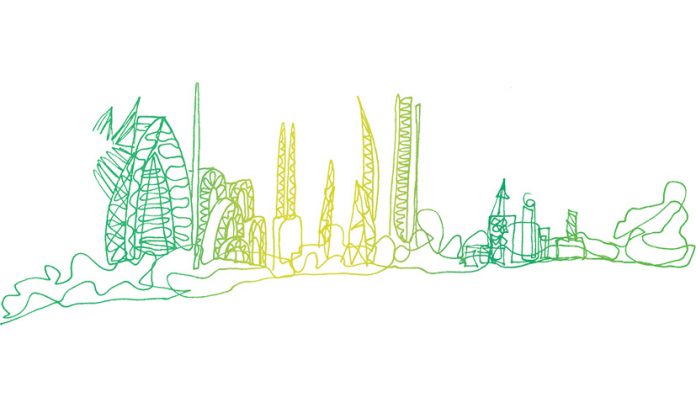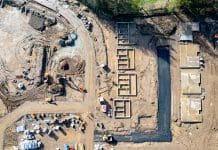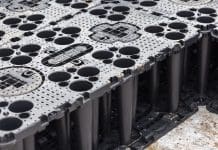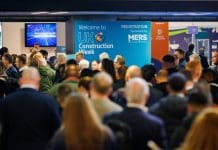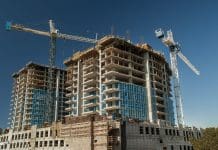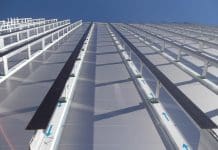A new report has shared insight into the future of the built environment and the challenges of reaching Intelligent Building status
Construction undoubtedly faces challenges as the world becomes more digitalised. A new report has examined what the future of the built environment will look like as society continues this trend towards an increasingly technology-driven environment.
In response to this, global consulting engineering experts Aurecon has produced a white paper examining what future buildings could look like.
The ‘Buildings of the Future: science fiction or science fact?’ paper provided insight into how these building may be created, what is driving demand, and the challenges that may exist in reaching Intelligent Building status.
Aurecon’s Buildings of the Future Leader Peter Greaves said: “The major drivers identified in the paper have the potential to reshape the built environment industry in the next 30 years.”
3D building
One of the major focuses of the paper was related to 3D printing. This is an area of technology that is growing rapidly across a number of sectors as a way of reducing costs and waste. In construction, this method is revolutionising how the built environment is designed.
“The 3D printer is significantly disrupting the traditional design role held by the structural engineer but, at the same time, presents exciting new opportunities in how building designers will create, relocate and shape Buildings of the Future,” said Greaves.
Furthermore, the paper revealed that the previous “one-size-fits-all” approach is becoming less palatable as new, flexible construction materials become available. These materials, such as additive manufacturing concrete and carbon fibre balsa, are fuelling new approaches to design.
“These options are unlocking the architectural limitations of size, weight and shape that the building and construction industry works within today,” he added.
“To bring this to life, the thought processes, measurements and methods commonly used in our industry will also have to evolve.”
Building management
Shared services in facilities management could also be an area that could provide opportunity for innovation in building management.
“Aurecon believes that the first real innovators in the facilities management space are likely to be those who explore the idea of shared building maintenance hubs,” said Greaves.
“Such hubs would be designed to provide facilities for all local buildings to centrally monitor electricity, water, energy storage common areas and integrate other aspects of maintenance and management of operational efficiencies.”
James Bennett, Aurecon’s Managing Director, Built Environment added that the industry must embrace change.
“If we’re going to help design Buildings of the Future, we have to be able to envision them. Aurecon wants to be a forerunner in helping our clients identify the opportunities this presents and facilitating these changes.
“Those who shape Buildings of the Future will be those who, firstly, realise that our world is changing and have the boldness to not only let go of, but question, the status quo so that working with government and economic leaders, we might reimagine our physical spaces and infrastructure. Engineers need to lead such conversations.”


